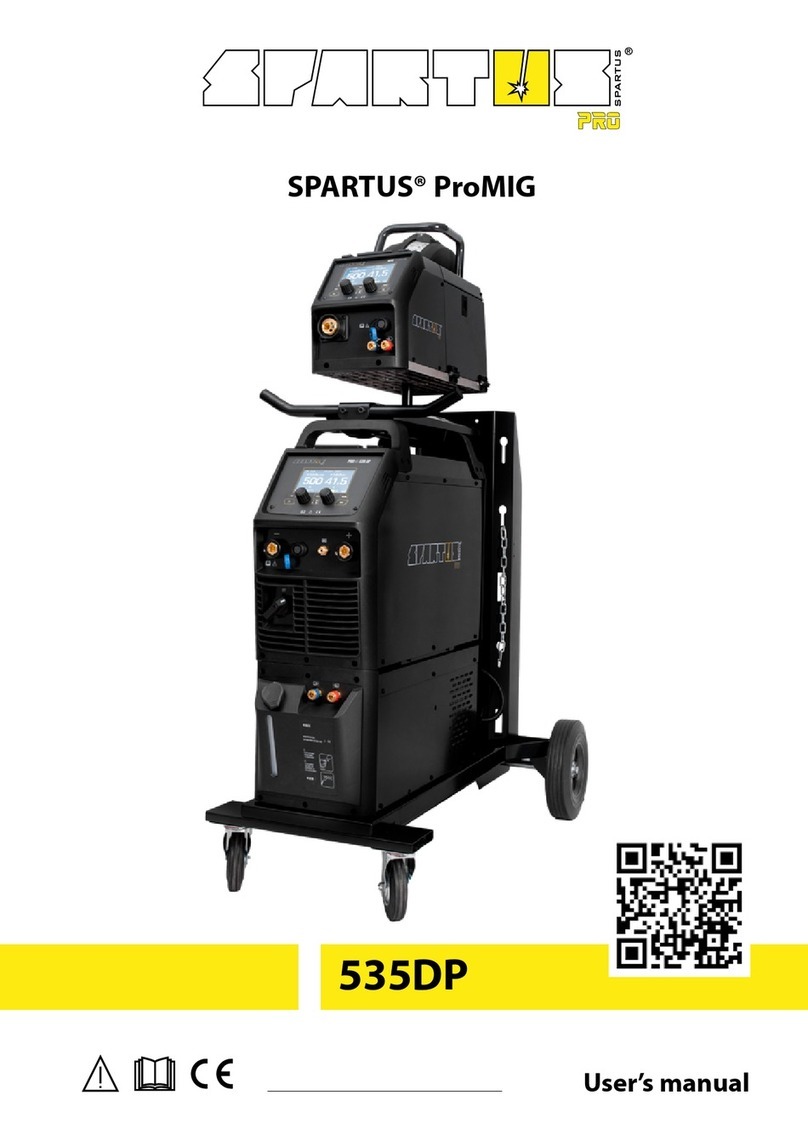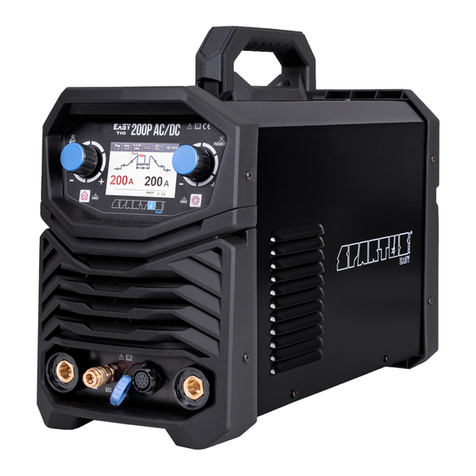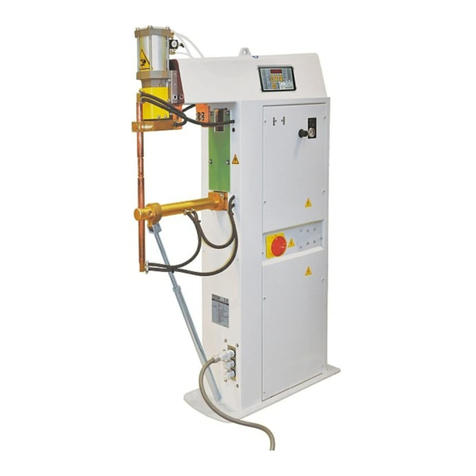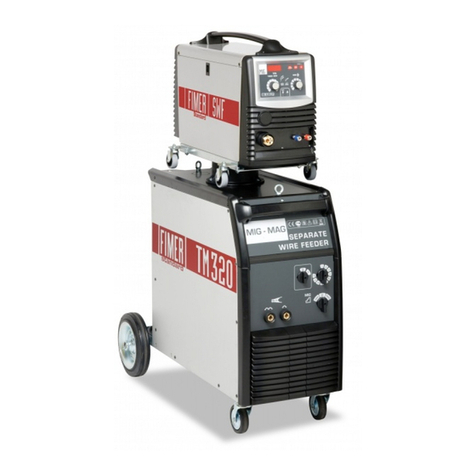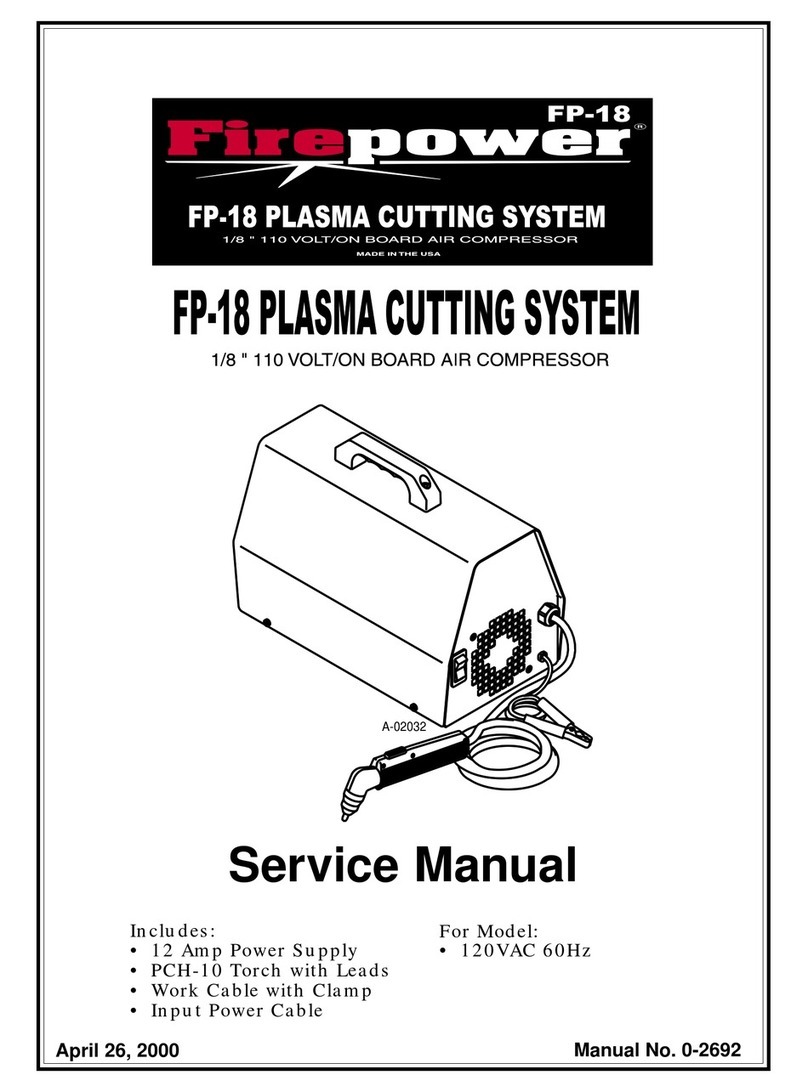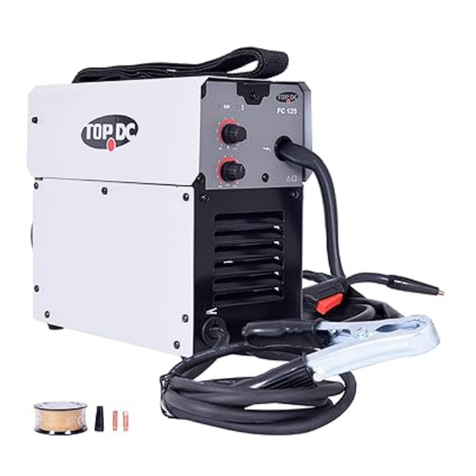Spartus Easy TIG 205E Pulse DC User manual




















Table of contents
Other Spartus Welding System manuals
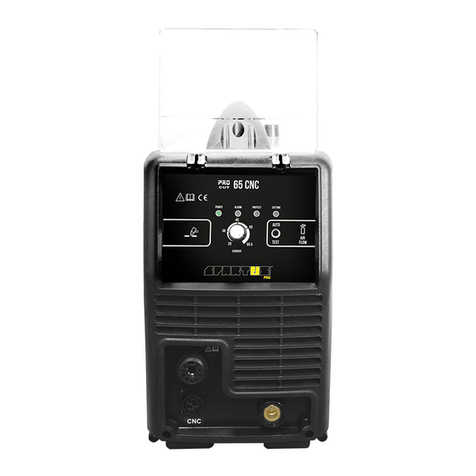
Spartus
Spartus SPARTUS ProCUT 65CNC User manual

Spartus
Spartus EasyCUT 40E User manual

Spartus
Spartus MasterARC 250C User manual
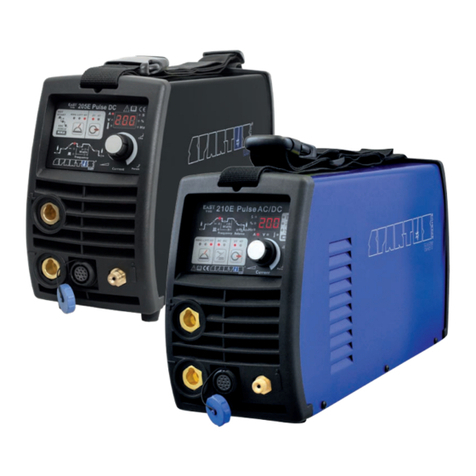
Spartus
Spartus EasyTIG 205E Pulse DC User manual

Spartus
Spartus ProTIG 321P User manual
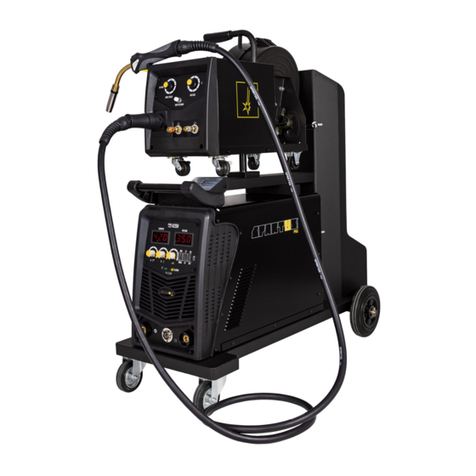
Spartus
Spartus ProMIG 420H User manual
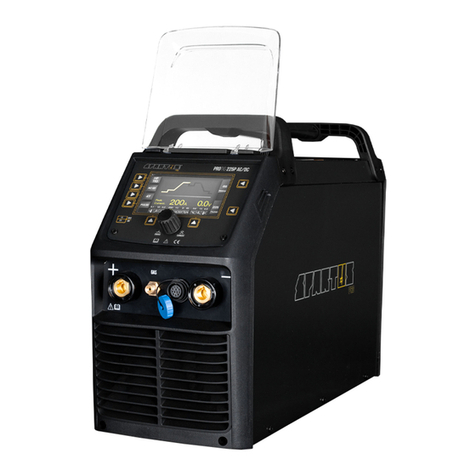
Spartus
Spartus ProTIG 225P User manual
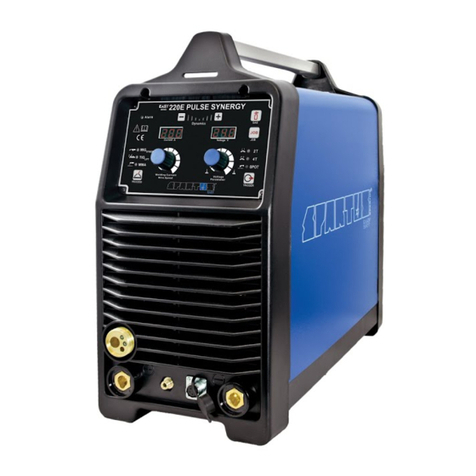
Spartus
Spartus EasyMIG 220E PULSE SYNERGY User manual
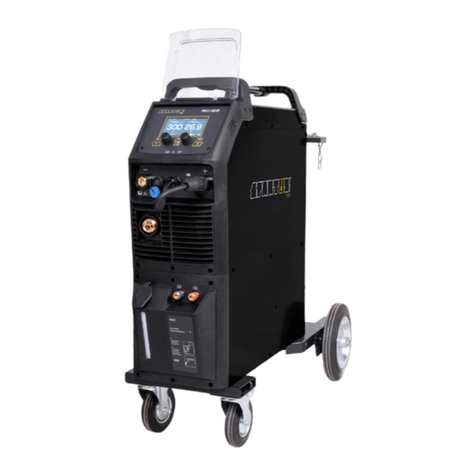
Spartus
Spartus ProMIG 335DP User manual
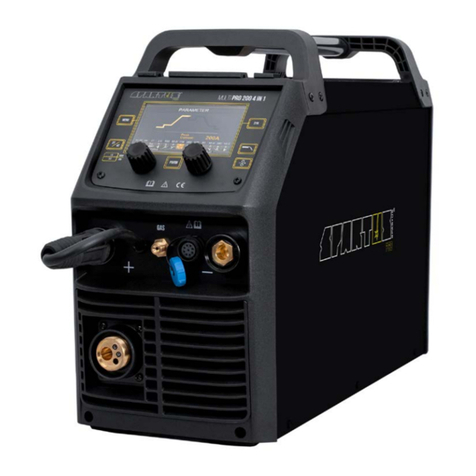
Spartus
Spartus Multi Pro 200 4in1 User manual
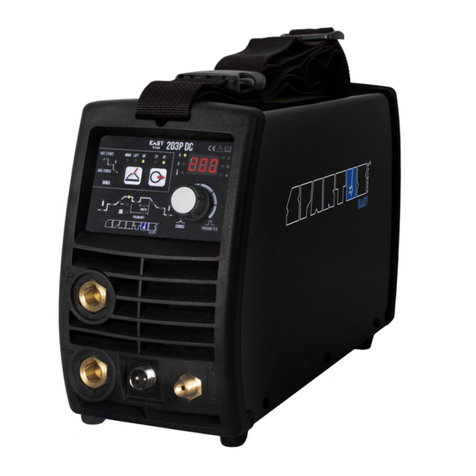
Spartus
Spartus EasyTIG 203P User manual
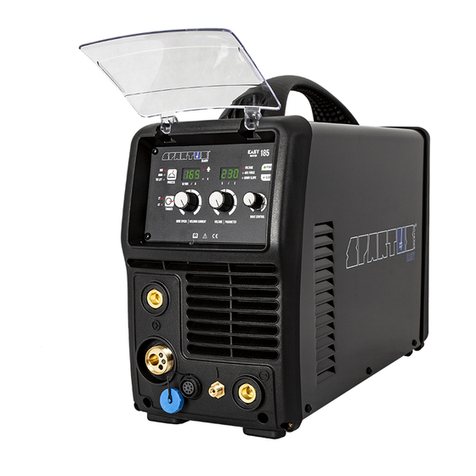
Spartus
Spartus EasyMIG 185 User manual
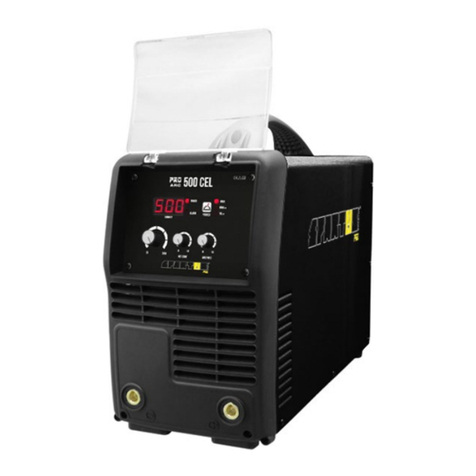
Spartus
Spartus ProARC 500CEL User manual

Spartus
Spartus EasyMIG 270 User manual
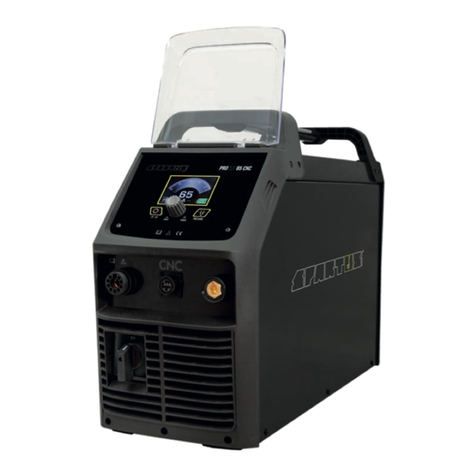
Spartus
Spartus ProCUT 5022-H User manual
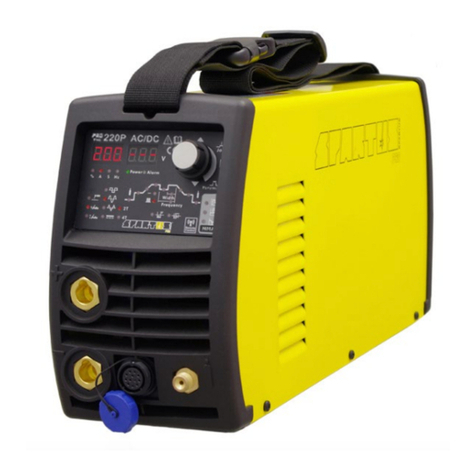
Spartus
Spartus ProTIG 220P AC/DC User manual

Spartus
Spartus EasyTIG 203P DC User manual

Spartus
Spartus EasyCUT 40sL User manual
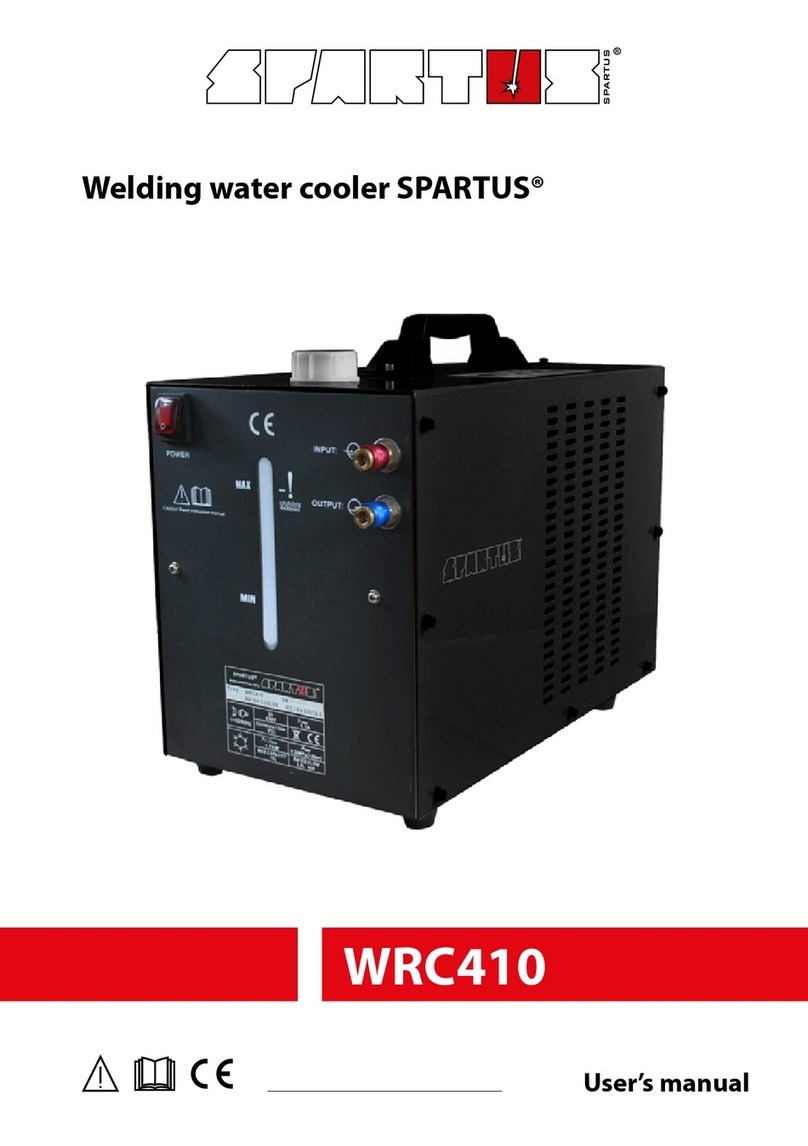
Spartus
Spartus WRC410 User manual
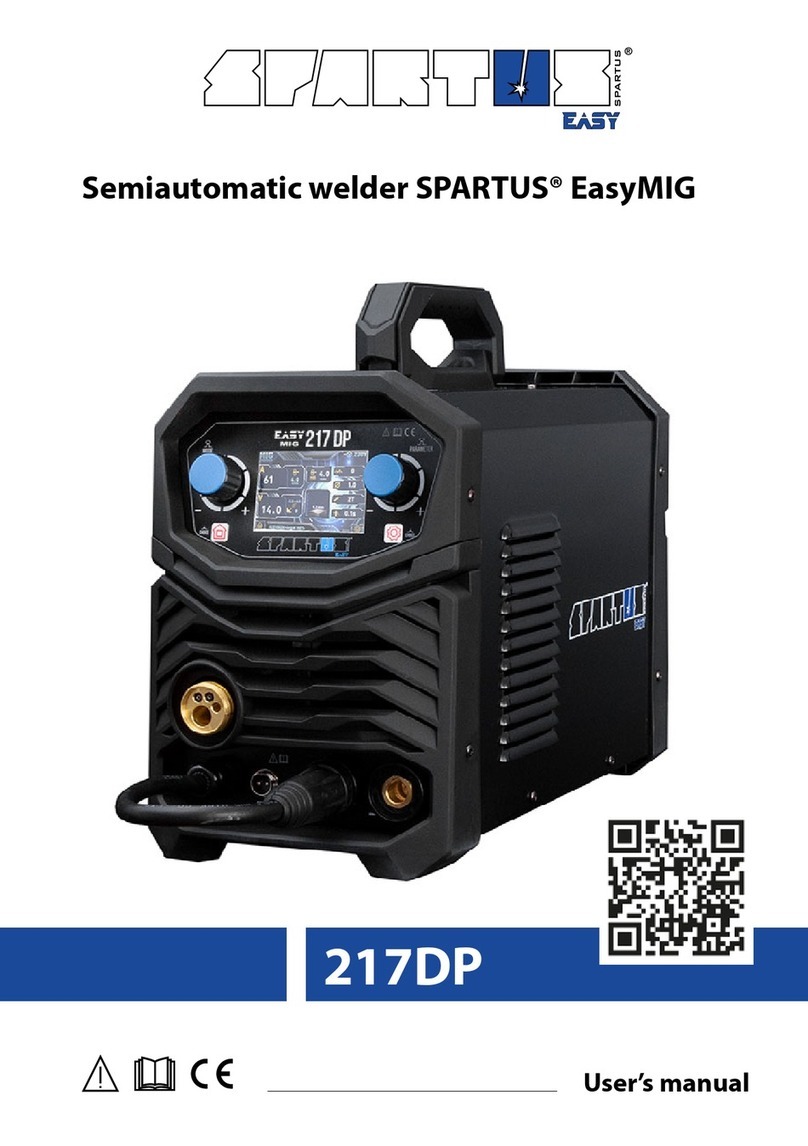
Spartus
Spartus EasyMIG 217DP User manual
Popular Welding System manuals by other brands
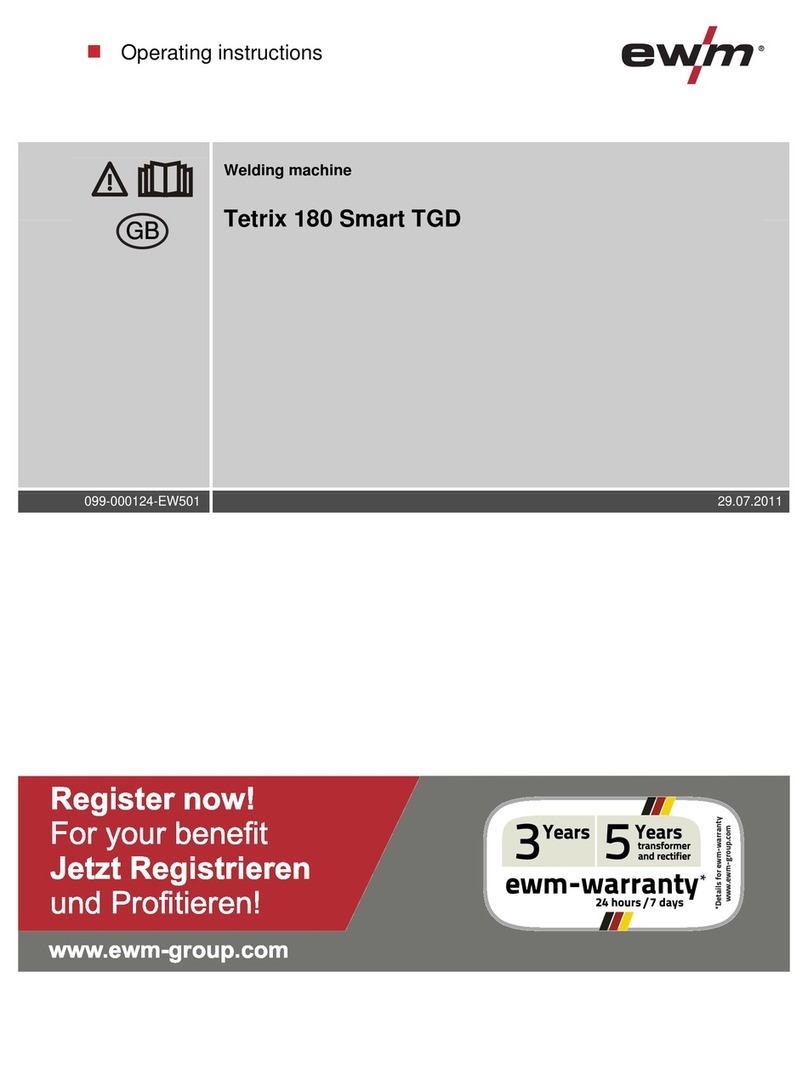
EWM
EWM Tetrix 180 Smart TGD operating instructions

Chicago Electric
Chicago Electric 98357 Set up and operating instructions

Abicor Binzel
Abicor Binzel ABI-CAR E-1200 Operating instruction

Lincoln Electric
Lincoln Electric INVERTEC V145-S Service manual
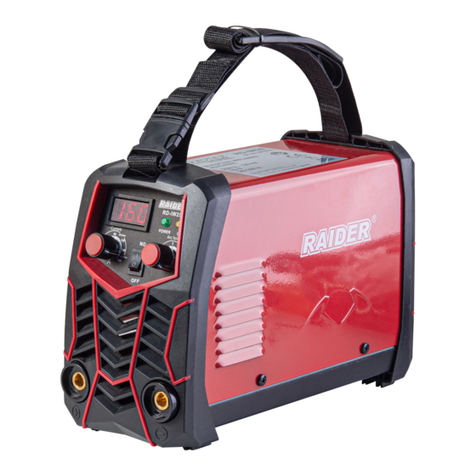
Raider
Raider RD-IW25 user manual
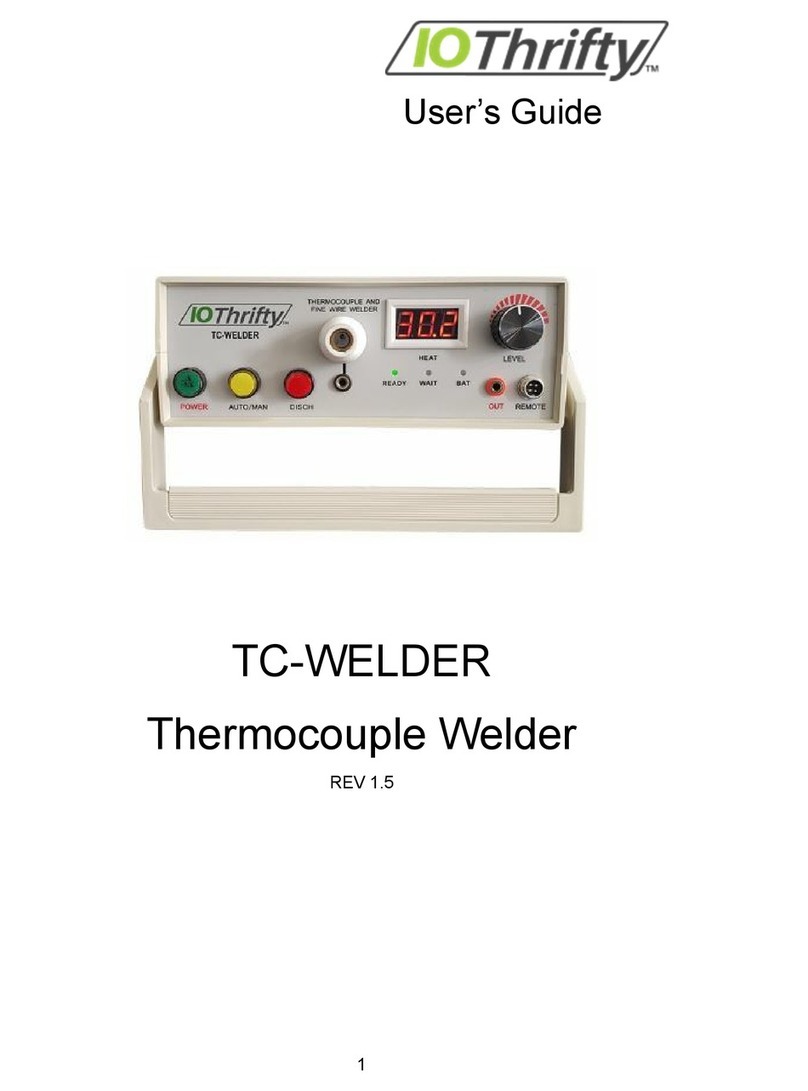
IO Thrifty
IO Thrifty TC-WELDER user guide

SIP
SIP HG4500 instruction manual

Miller
Miller Maxstar 200 owner's manual
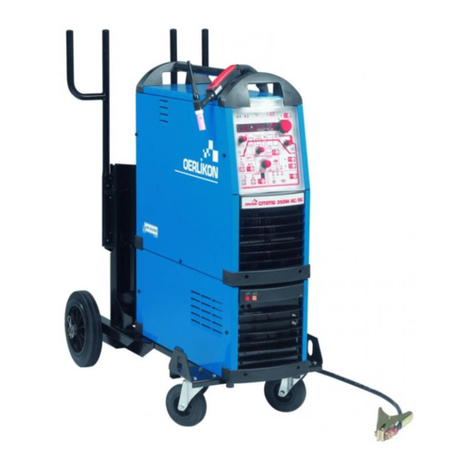
Oerlikon
Oerlikon CITOTIG 250 AC/DC Safety Instructions for Operation and Maintenance

Riland
Riland CUT 100GT user manual

Lincoln Electric
Lincoln Electric LF 5D STANDARD Operator's manual

Rothenberger
Rothenberger ROWELD P 110 Instructions for use

